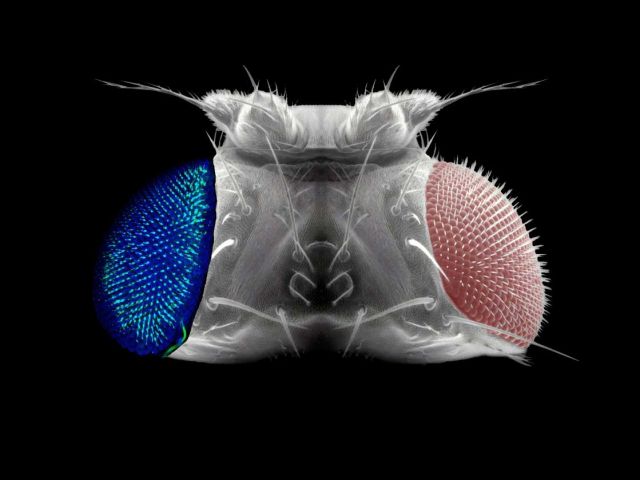Join the Simpson Lab
Interested in joining the lab?
Neural Circuits Controlling Motor Sequences
Making good decisions is important. We cannot do everything at once. How do nervous systems select among competing actions?
Animals choose among a wide range of behaviors depending on current sensory cues, internal state, and past experience. They execute these behaviors by coordinating a limited repertoire of motor neurons driving muscles in their limbs. Since they cannot perform all behaviors at once, they must decide on the most appropriate action. A changing series of choices can result in a behavioral sequence. We are interested in how animals make these choices, both at an algorithmic level and in how specific neural circuits in the brain execute the required computations.
We have developed fruit fly grooming as a model to understand motor program selection. Grooming is a complex behavioral sequence assembled from simpler motor subroutines executed in order. When a fly is completely covered in dust, it cleans itself by an ordered series of leg movements targeted first to the head, then abdomen, then wings, and then thorax. We study how the fly’s nervous system coordinates this progression using quantitative behavioral analysis, genetic perturbation of specific neurons, and imaging neural activity during grooming The genetic and anatomical resources available in the fly make it possible to dissect the relevant neural circuits completely at single cell resolution. By discovering the organizational strategies, circuit motifs, and activity patterns that produce the fly grooming sequence, we hope to provide insights into universal mechanisms for the ordered execution of competing behaviors.


